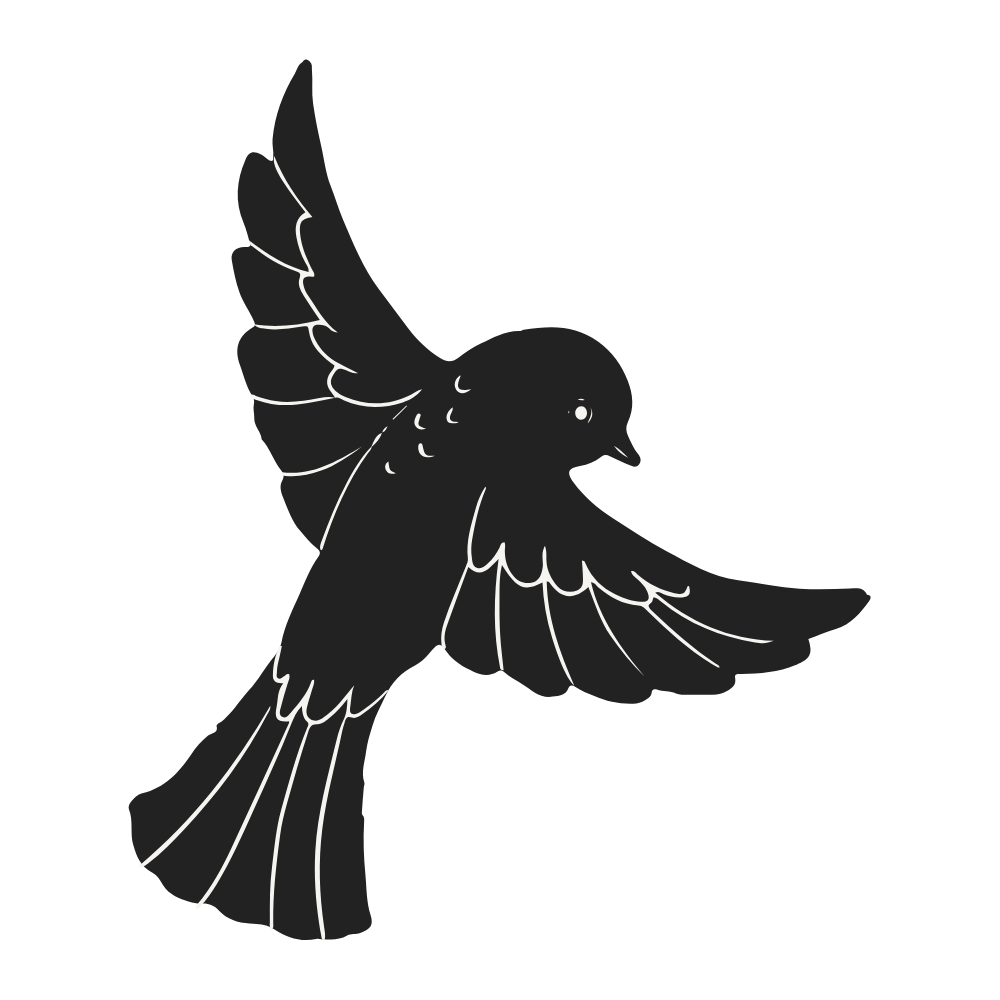Sharpen Your Thinking: Critical Thinking Tips
Fall is one of my favourite seasons of the year. Beyond the fashion, it marks the advent of the academic year, and it consists of a renewed focus as summer comes to an end. That is why, for this blog I wanted to explore an indispensable cognitive skill — critical thinking. As a Psychology major, I was bound to stumble across Daniel Kahneman’s Thinking Fast and Slow at some point. However, coincidentally, it aligned with the beginning of my first year at law school, allowing me to pause and reevaluate my thought processes before embarking on such a cognitively demanding endeavour. Although we won't cover every fascinating insight this book offers, I aim to give you some bite-sized takeaways you can use to sharpen your thinking. Let’s get into it.
Fast and Slow thinking — System 1 & System 2
Kahneman distinguishes between two modes of thought: System 1 and System 2. System 1 is fast, intuitive, and automatic. It generates impressions and gut feelings with little effort, often without us realizing it. It seeks coherence, focuses only on what is visible (WYSIATI: What You See Is All There Is), and links ease with truth. System 2, by contrast, is slow, deliberate, and effortful. It questions, calculates, and resists—but it also tires easily. Much of critical thinking comes down to noticing when System 1 is leading the way and deliberately engaging System 2.
Bite-Size Critical Thinking
The Anchor Effect. The first number we encounter disproportionately pulls our judgment, even when it's completely arbitrary. Retailers understand this—when they display "Limit 12 per customer”, purchasing six suddenly feels reasonable, even modest! Negotiators exploit this too: an extreme opening offer often pulls the final agreement closer to their end. The key is to pause and ask, am I being unconsciously tethered to this initial interaction?
The Planning Fallacy. Have you ever caught yourself forced into an all-nighter for an exam? We have a remarkable tendency to underestimate the difficulty and complexity of tasks, even when experience suggests otherwise. The planning fallacy is, in effect, a systematic over-optimism about how our plans will unfold. The antidote is to take the outside view: instead of relying solely on our own assumptions, examine how similar plans or projects fared in reality. By comparing to precedents rather than optimism alone, we build more realistic, effective plans.
Regression to The Mean. We routinely mistake natural statistical fluctuation for meaningful change. A student who aces one exam will likely score closer to their average on the next—not because their ability suddenly vanished, but because extreme results naturally drift back towardthe mean. This pattern repeats itself everywhere: in sports performance, business metrics, and even our daily moods.
Joint Evaluation. Many judgments are meaningless without comparison. You can attest that a presentation was "outstanding" when comparing it to the speaker's previous work, but is this judgment meaningful when compared to their peers' performances? Context is what grounds judgment. Stripped of it, System 1 fills the void with convenient but misleading mental shortcuts.
Certainty & Probability Effects. We overvalue certainty and undervalue probability in ways that distort our decisions. A defendant facing weak odds might reject a settlement and gamble on trial, simply because even a slim chance of total victory feels more psychologically attractive than accepting a guaranteed loss. The lesson here is to consciously calibrate your risk tolerance and question whether your emotions are warping the actual probabilities at hand.
The Halo Effect. Our minds crave consistency, often to our detriment. When we notice one positive trait in an entity, we instinctively assume they possess other positive qualities too. A charismatic speaker must be intelligent, a well-dressed executive must be competent, and a profitable company must be ethical, right? Unfortunately, this is really System 1's tendency to construct emotional coherence where none may exist, informed by Kahneman’s WYSIATI—What You See Is All There Is.
The Representative Heuristic. We judge probability by resemblance rather than actual statistics. Describe someone as quiet and bookish, and most people immediately think "librarian" over "salesperson". This flawed conclusion ignores base rates: the fact that salespeople vastly outnumber librarians in reality. The fix is actually weighing base rates, whenever possible, and not just assuming the narrative that intuitively feels right.
🌱 Your Challenge for the Month 🌱
These concepts in isolation can feel easy to tackle, but the problem is that our System 1 judgments feel so good. As you probably noticed, they are almost always the intuitive answer. Thankfully, we are in control of when we utilize System 2, that critical and effortful mode of thinking. The challenge isn't eliminating System 1, but rather recognizing the specific situations where it's likely to mislead us. Critical thinking isn't about constantly doubting yourself or overthinking every decision. So as we move through October, I encourage you to catch yourself in these moments. Notice when System 1 is running the show, and consciously decide whether it's time to bring System 2 to the table.
With love,
Jasmine 🌸
#jasminescorner
